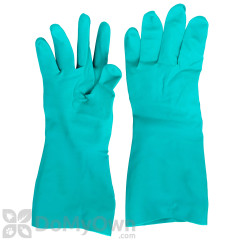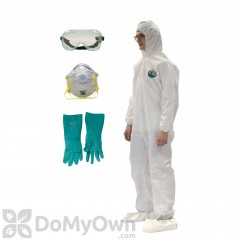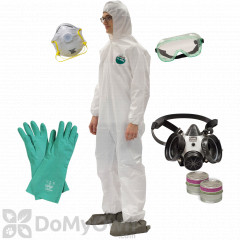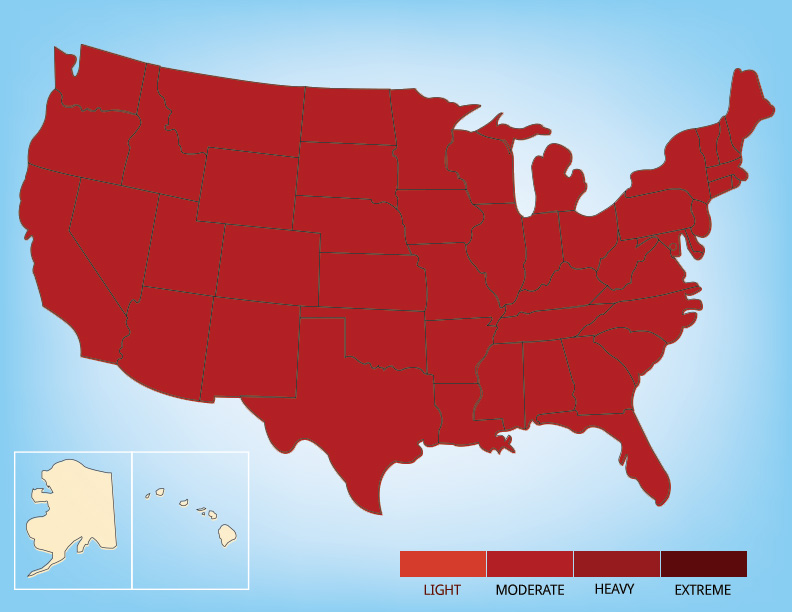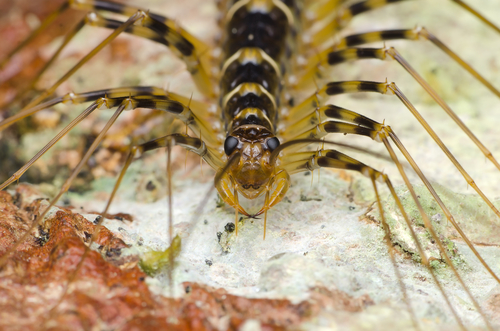
House centipedes (Scutigera coleoptrata), also known as "hundred legged worms", are found in many homes across America. While they may not pose a threat to your family's health, they are creepy-looking and can be a nuisance. The first step to getting rid of house centipedes in your home is to properly identify the pest.
In this 4-part guide, we'll help you identify house centipedes, show you where to look for the source of the infestation, how to do pest control treatments to get rid of house centipedes, and steps you can take to prevent them from returning in the future.
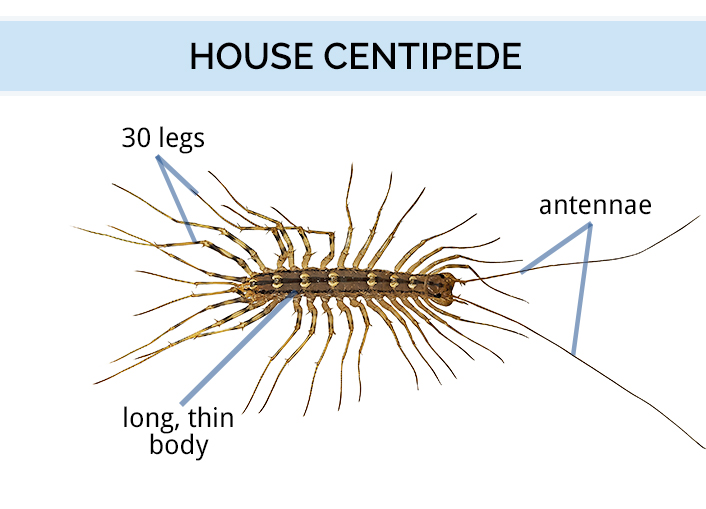
What do house centipedes look like?
House centipedes have long, thin bodies, and two antennae.
They have 15 pairs of legs (30 legs total), one pair per body segment. The front two legs are used to grab prey. Adult females' last pair of legs are nearly twice the length of the body. These legs have an almost feathery appearance when moving.
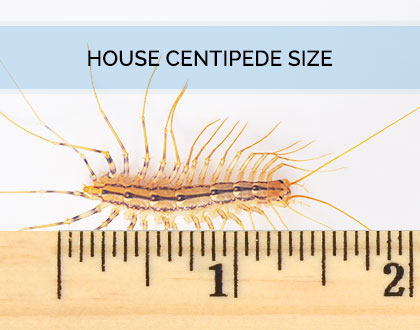
How big are house centipedes?
House centipedes range in size from 1 to 6 inches long, including their legs. However, the body of a house centipede may only be between 1-1.5 inches in length.
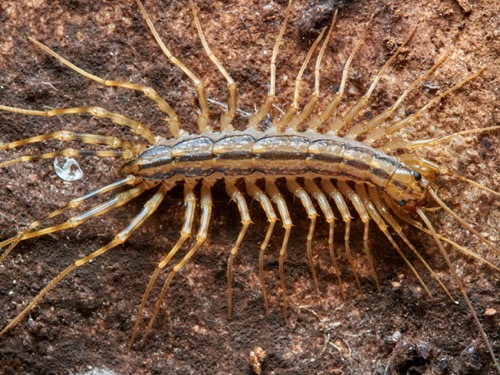
What color are house centipedes?
The body of a house centipede is a yellowish-brown color with three dark stripes running longitudinally down their backs. The legs are also banded light and dark in color.
House Centipede or Silverfish?
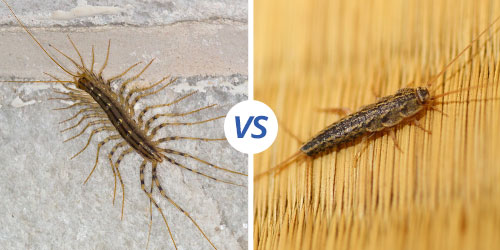
If you've seen a long bug with a lot of legs, you may not be sure if it's house centipedes or a silverfish. Here are some quick differentiating features to help you quickly tell each apart.
House Centipedes:
- Elongated, flattened bodies
- 1 pair of legs per body segment (30 total legs)
- Yellowish-brown coloring with 3 dark stripes
Silverfish:
- Carrot-shaped body
- 6 legs
- Metallic-gray coloring
If you have silverfish in your home, see our guide on how to get rid of silverfish for the best treatment options.
Another common pest that could be in your home is a millipede. Check out our guides and products for millipede control in order to identify and treat these pests.
